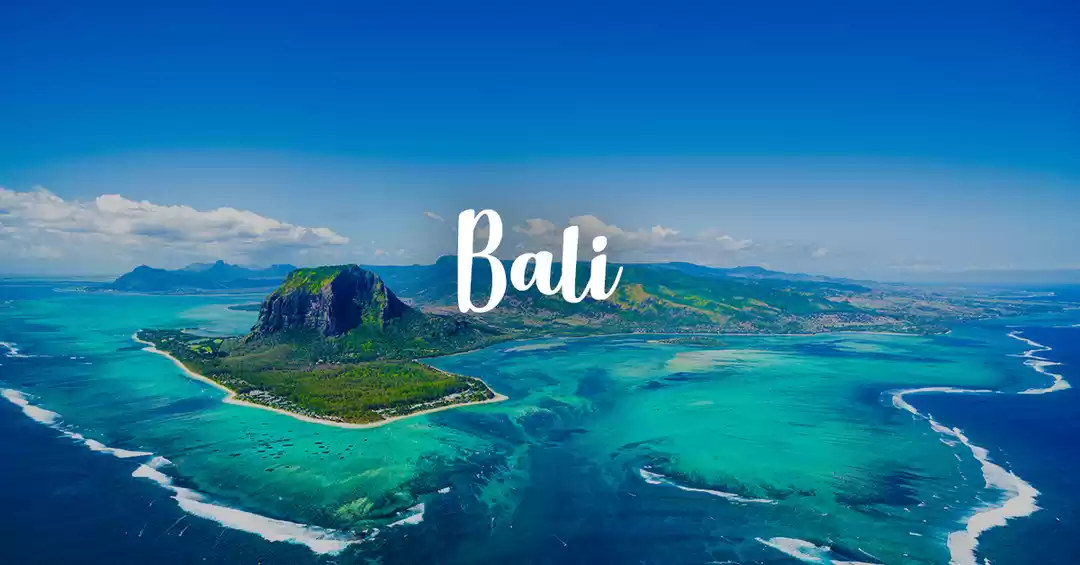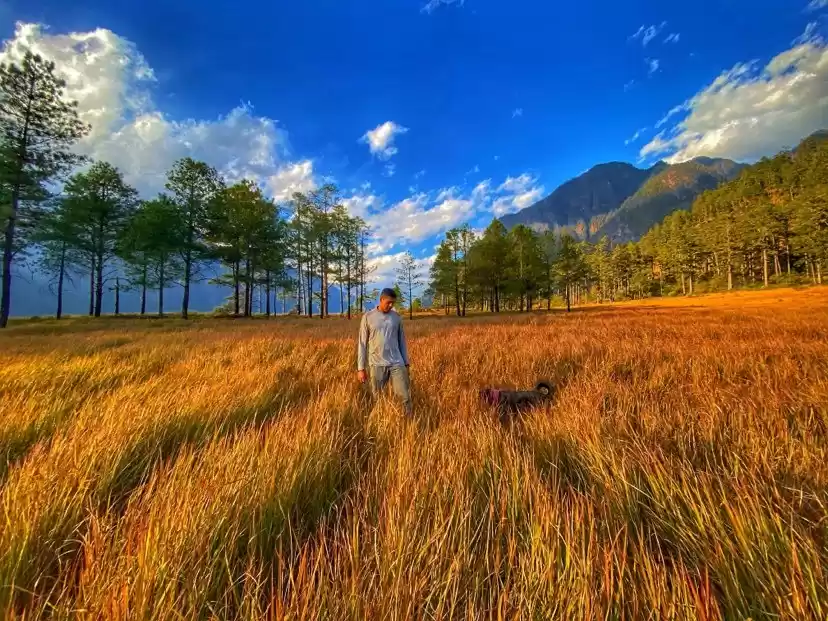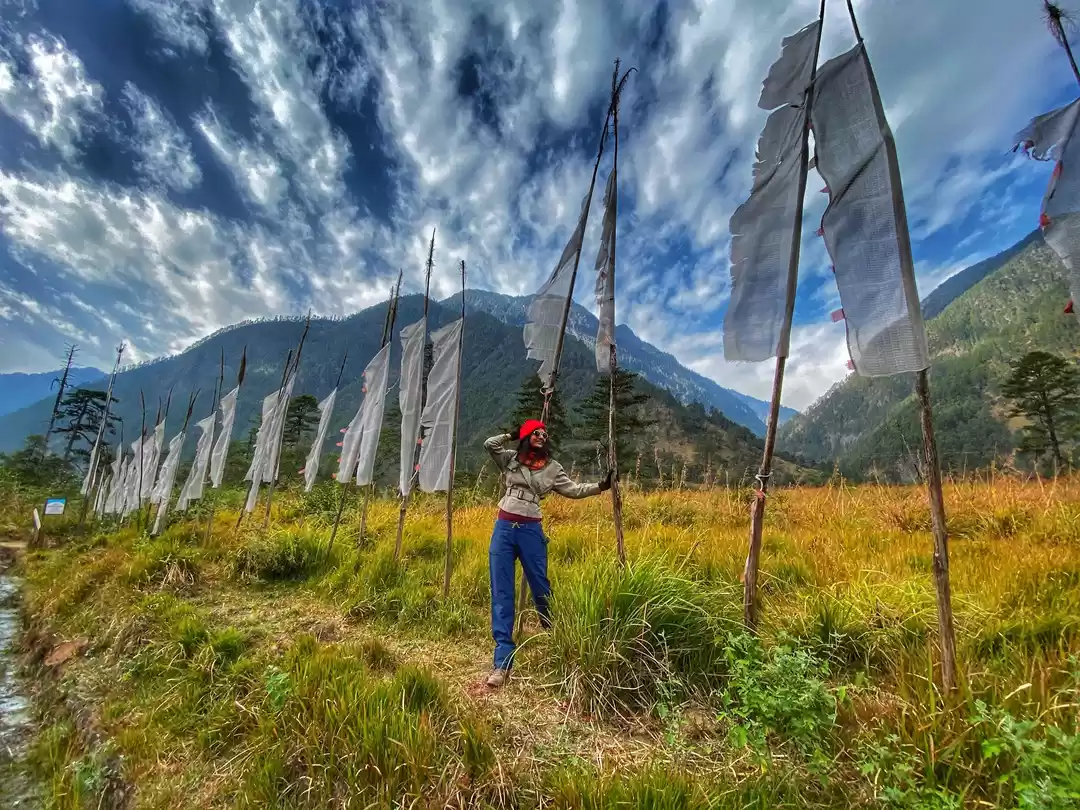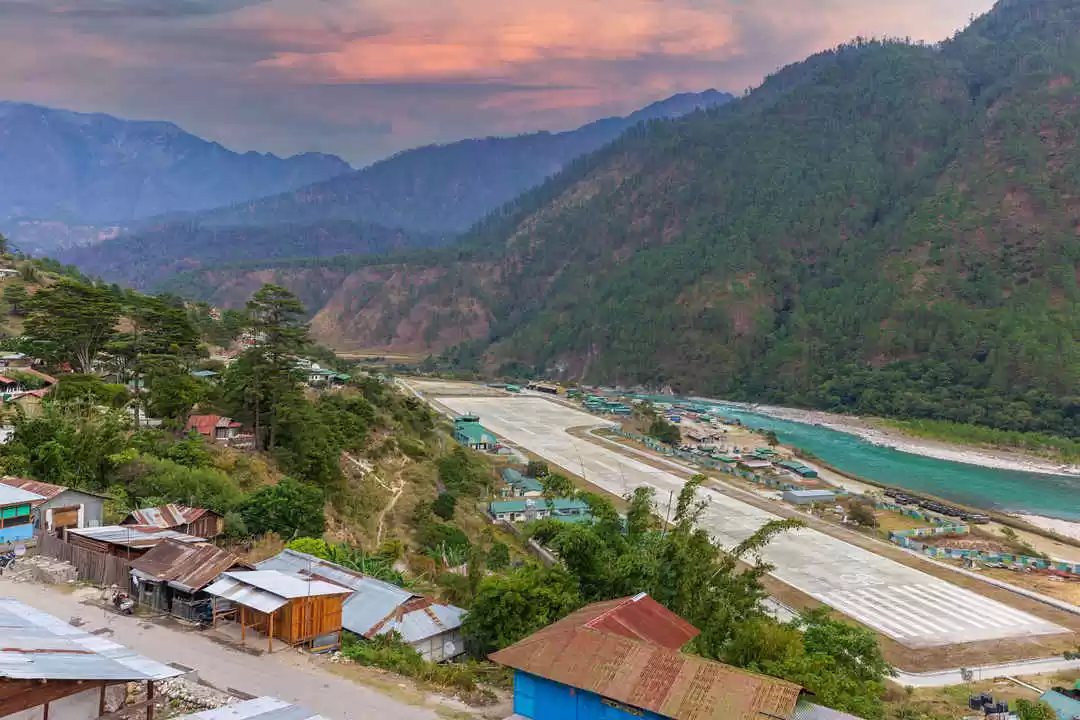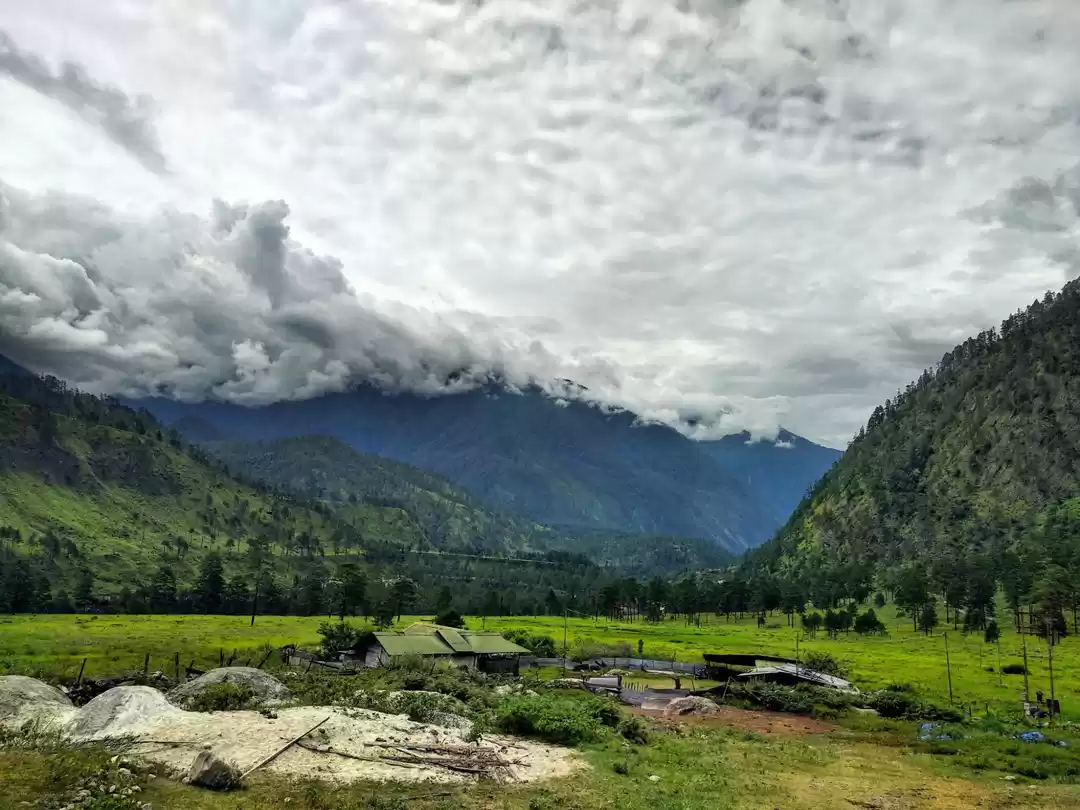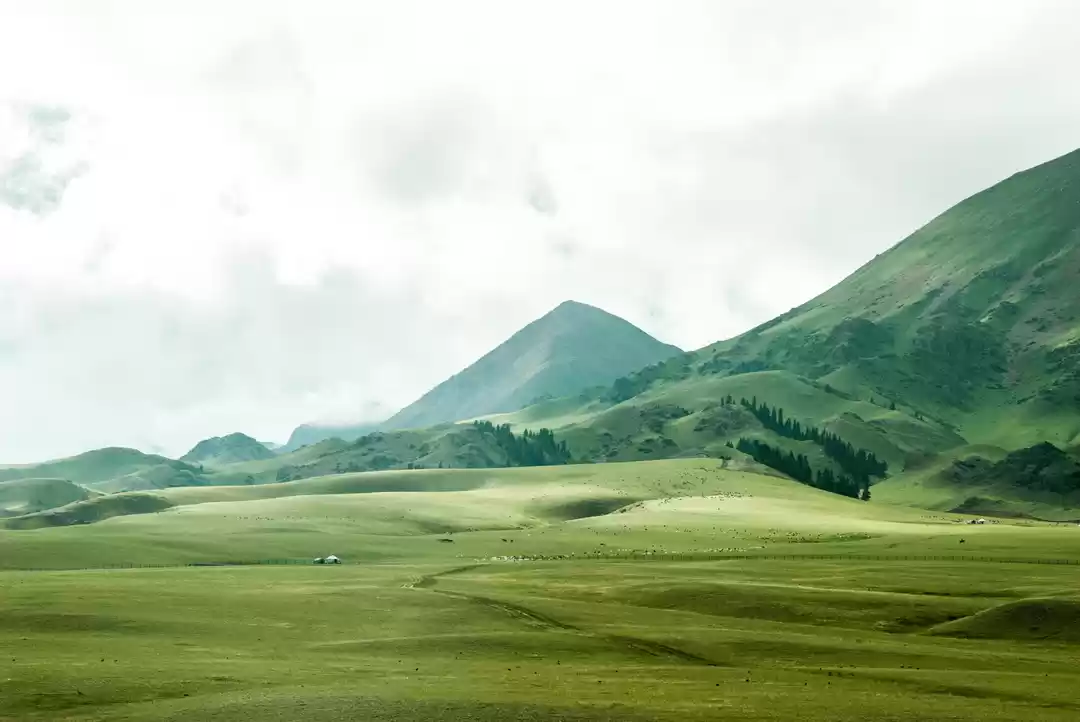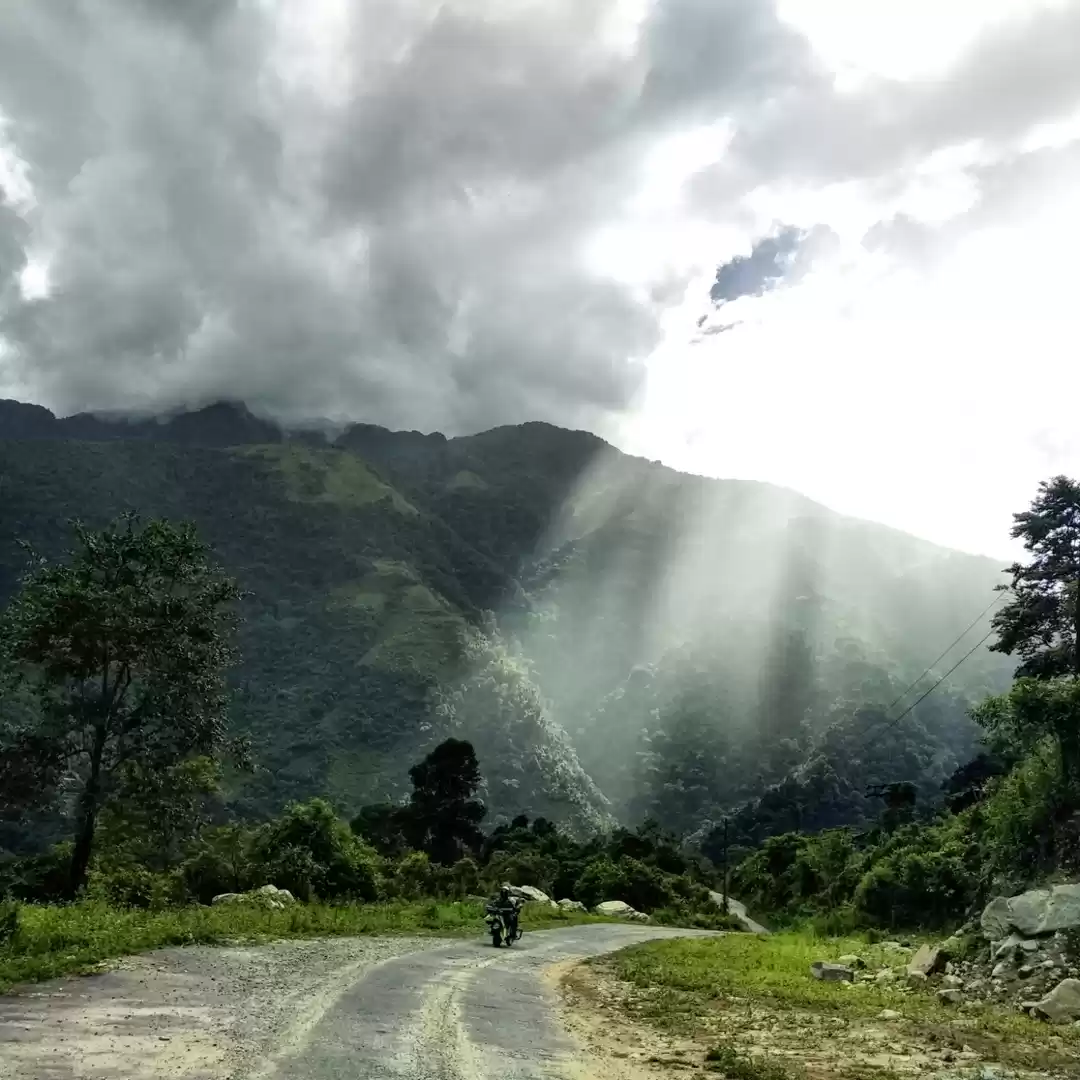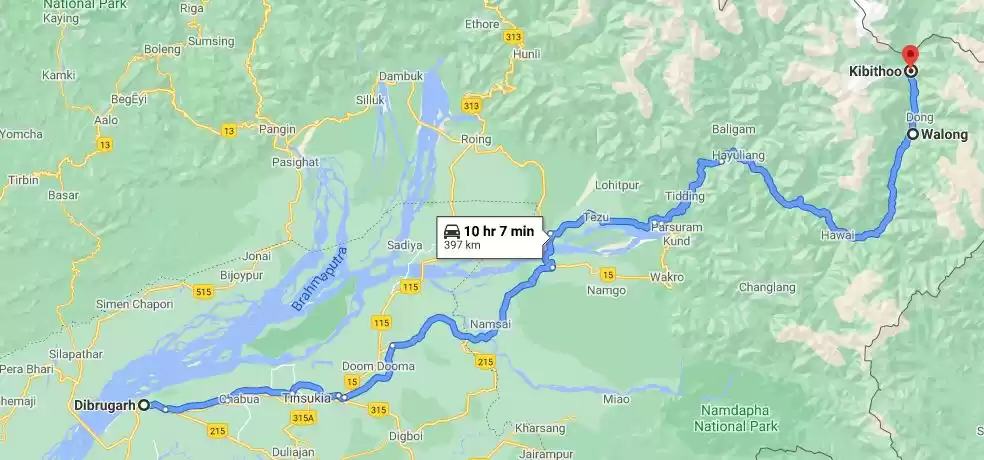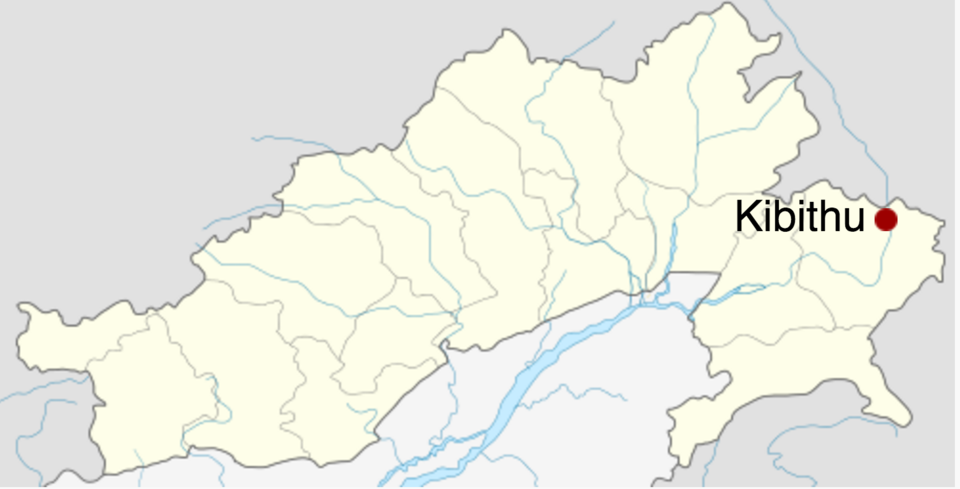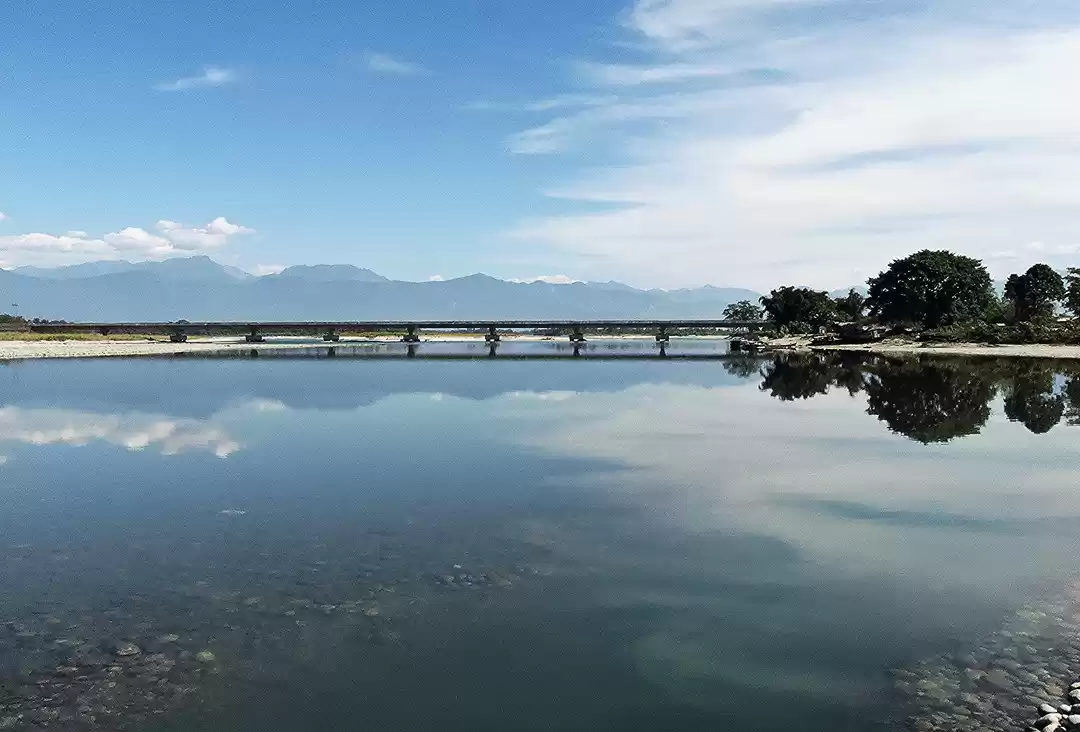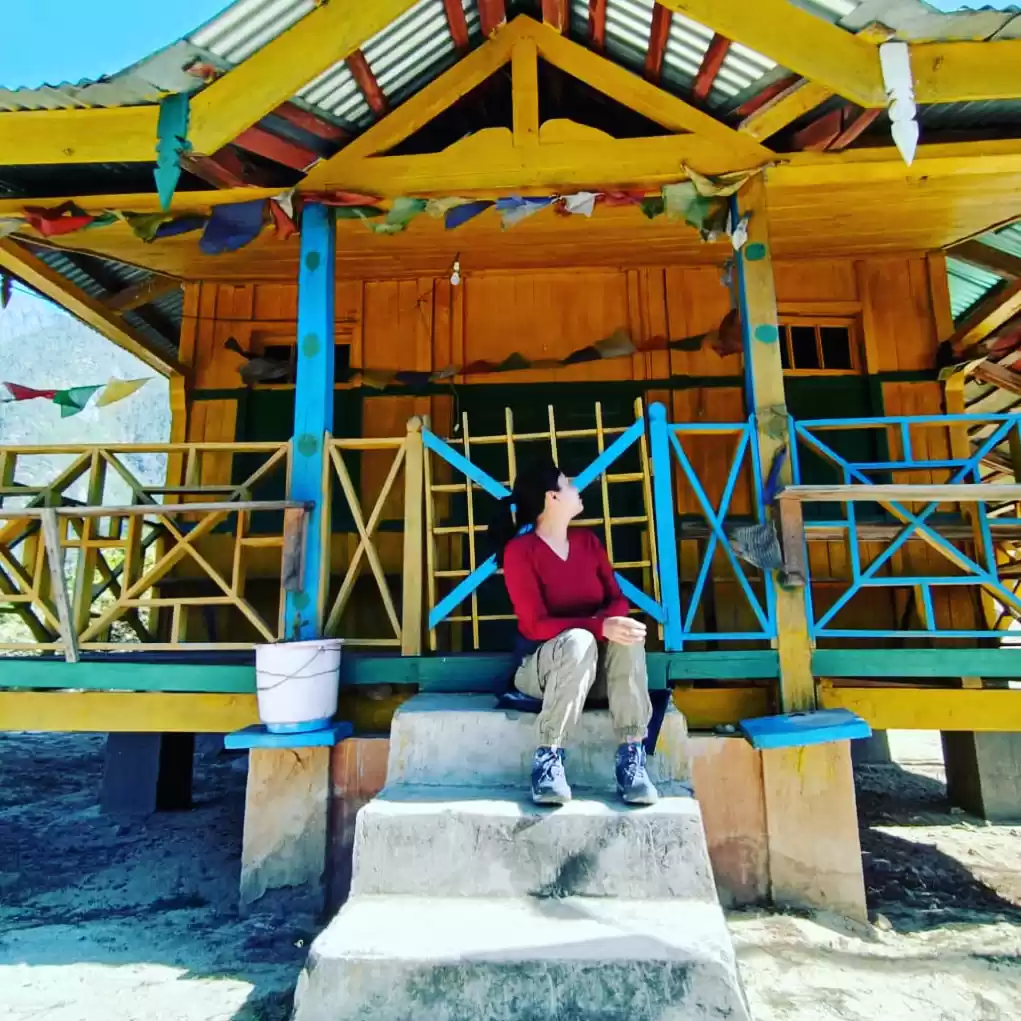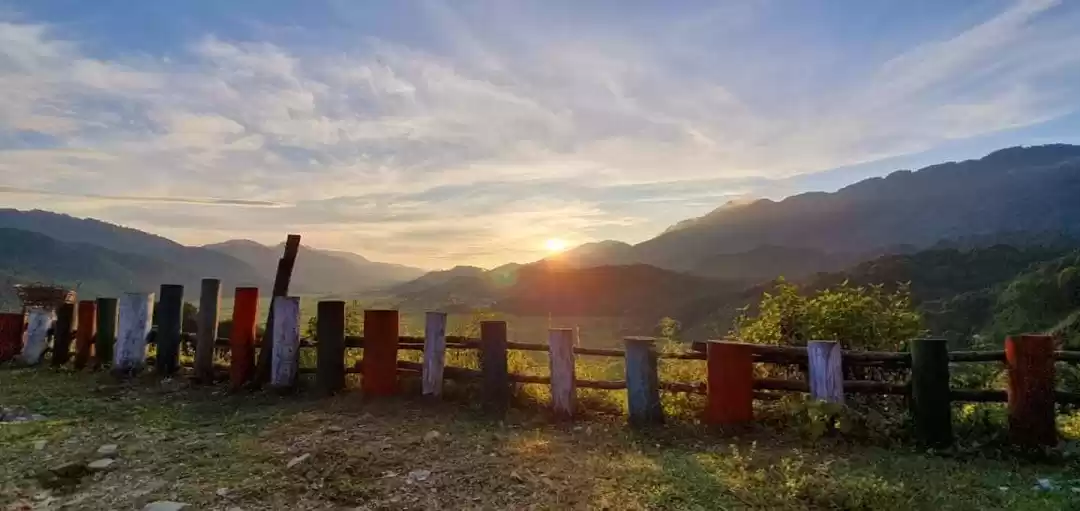
A birding trip unveiled the mesmerizing beauty of one of the most remote places in the country- the Anjaw district of Arunachal Pradesh. There had been a few recent additions to the list of birds found in our country from the areas around Walong, the easternmost town in mainland India, and a few of us birders decided to go find them ourselves.

The trip started at Guwahati and we reached Tinsukia after driving all day. Early next morning we picked up our guide and drove across the border into the Lohit district of Arunachal Pradesh, through Rupai-Namsai-Tengapani-Chokham-Wakro-Paroshuram Kund and into the Anjaw district, where the real adventure awaited us.

The first photo stop was at the picturesque Parashuram Kund, a pilgrimage site where, according to Hindu mythology, Lord Parashuram washed his hands to finally get rid of the axe stuck on his head. Every winter, thousands of people converge at the spot for a holy dip, especially on Makar Sankranti, believing it will wash away all sins.

Driving on into the district of Anjaw, we reached Khupa in the late evening and stayed the night in a guesthouse. Next day, we went for early morning birding at Hayuliang, which is a short drive from Khupa. The vantage viewpoint with the confluence of the Lohit and Dalai Rivers far beyond the undulating hills provides an outstanding perspective of the majestic hills and the valley below.

Lofty mountains straddle the turquoise waters of the river Lohit, with inviting white-sand beaches all along the winding road uphill. We drove into the historic town of Walong- which translates as 'the place of bamboo grooves' in the local Mishmi language- late in the afternoon. Needless to say our progress was unhurried, repeatedly stopping to chase after the sound of a bird in the bush and exploring the surroundings after every fleeting sight of a flock zipping across the road.

Although we got spend the night at the only guest house (Inspection Bungalow) in Walong, we had to vacate early next morning due to the unexpected arrival of some officials. Undaunted, we spent the morning was trekking and birding at Helmet Top, one of the main battlefields during the famous war of 1962.

Later that evening, we drove further east to Meshai and found a benevolent government employee to host us at the only office in the area. Our lodgings were very basic, but provided an window to a magical visual experience with the Lohit flowing by the side below us, an ancient suspension bridge enveloped by the fog over it, and lush greenery in every direction.

Towards the east, the meandering river emerged from the forest and further beyond were the snow-capped mountains as far as the eyes could see. As the light faded and the mist cleared, the twinkling lights at a faraway township across the border in China came into view. We sat up late into the night, watching the abundance of stars until the cold and mist forced us indoors.

Staying at Meshai gave us ample time to explore the Indo-China border close to the trijunction with Myanmar. We drove on the easternmost road in India and onto Kibithu, the last post at the border. Of course several hours were devoted to birding by the roadside every day, exploring beautiful terrains of the Dong valley, KKG, Hawai, any many more. The village of Dong nearby is where the sun first rises in India. It is accessible by an iron floored foot suspension bridge and flanked by mountains and dense forests of pine.


Due to its remoteness, very few people venture to these parts and therefore tourist facilities are non-existent. For many years, only crazy birders would brave the long hours of driving though dense forests. Roads are well maintained during November and March, thanks to the presence of the Indian army. But now things are improving and Anjaw is becoming more accessible. This region could easily evolve into a popular tourist destination in the near future.

Also read: anini












